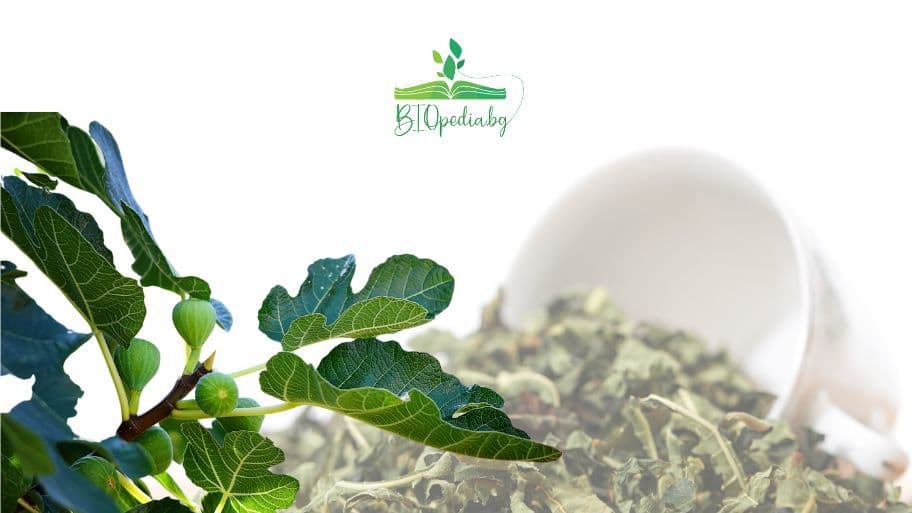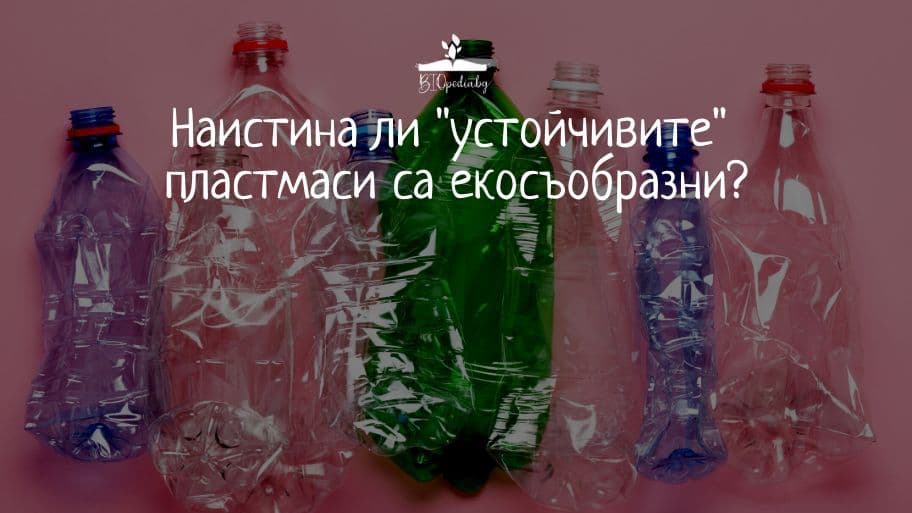Three bio-based substitutes for polymers made from fossil fuels and two improved barrier polymers made from biomass provide brands with responsible packaging options. In today's Biopedia article, we'll take you through what they are, how they are used and how they protect the environment.

Two main factors - fluctuating oil prices and brands' and retailers' commitments to the UN Sustainable Development Goal 12 - are encouraging the substitution of fossil fuel polymers for bio-based polymers in the food industry.
Fortunately, this makes sense for all stakeholders. In the case of bio-based polymers, fossil fuels can be replaced with biomass to provide the building blocks for polymer synthesis.
Indeed, the use of non-food products, such as agricultural waste, as a source of biomass for bio-based polymers is crucial.
When bio-based plastics are derived from food crops for humans (especially) or animals, forest-related issues arise, including biodiversity loss, water use and land use.
Interestingly, lignin, a by-product of paperboard production, can also be used as a raw material for bio-based polymers.
In the light of circularity and material efficiency, bio-based polymers that can be reused or recycled are more sustainable than those that biodegrade.
Three bio-based polymers for food packaging

Biopolyethylene (bPE), biopolypropylene PP (bPP) and bio-PET can replace polymers of fossil origin.
The pricing of bio-derived polymers is strangely linked to the fossil fuel industry.
For example, bPE prices fluctuate with gasoline prices as they compete with the automotive fuel bioethanol, which is used more often when fossil fuel prices are high.
Thanks to a 2021 innovation that produces terephthalic acid (TPA) from biobased paraxylene, it is now possible to achieve 100% bPET.
For example, this is an improvement on Coca-Cola's 30% bio-sourced vegetable bottle from 2009. With more than 15 global producers generating bio-sourced paraxylene, the bPET market is expected to grow from $441.3m in 2021 to exceed the current 10% of annual EU PET production, according to a report by Allied Market Research.

One example of bPET is Toray Plastics' LumiLid dual-adhesive cap, which contains 50% bPET combined with a bio-based adhesive.
Two more organic food packaging options with better barriers
Two others, bio-derived polyethylene furanoate (PEF) 100% recyclable bioplastic PEF and polytrimethylene furandicarboxylate (PTF), provide better barriers.

Interestingly, patents for PET and PEF were issued in 1946. PEF bioplastic provides a better barrier than PET.
Current uses of PEF for food packaging include:
- Carlsberg's paper-based Green Fiber Bottle is made from wood fiber and is lined with a thin layer of PEF from Avantium from 2024 onwards.
- Danone's evian+ mineral water flavoured drink100% recycled PET with a small amount of PEF.
- PepsiCo's green bottle for Tropicana branded drinks.
PTF is supported by the DuPont and Tate & Lyle joint venture in Tennessee.
Consumer education is critical to inform consumers that polymers can be produced from bio-based sources and reused and recycled.
Hormonal imbalance - symptoms and prevention
10 benefits of separate waste collection





Comments